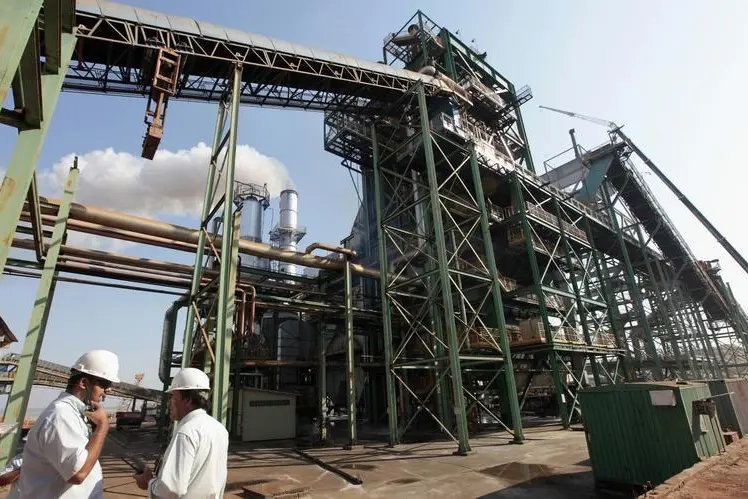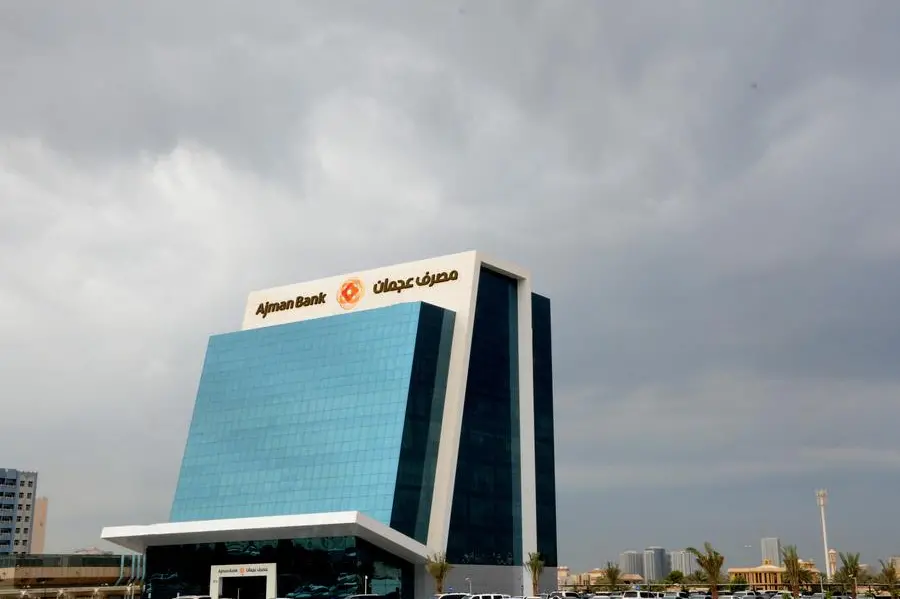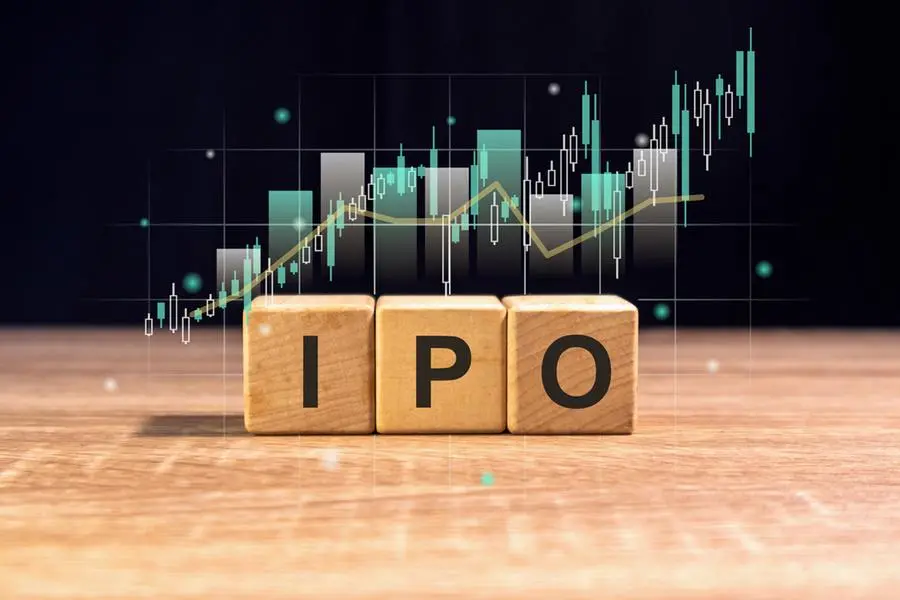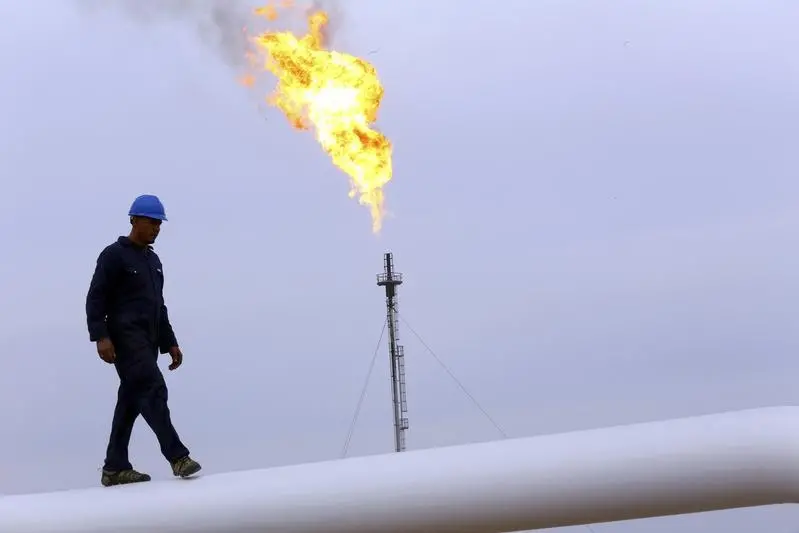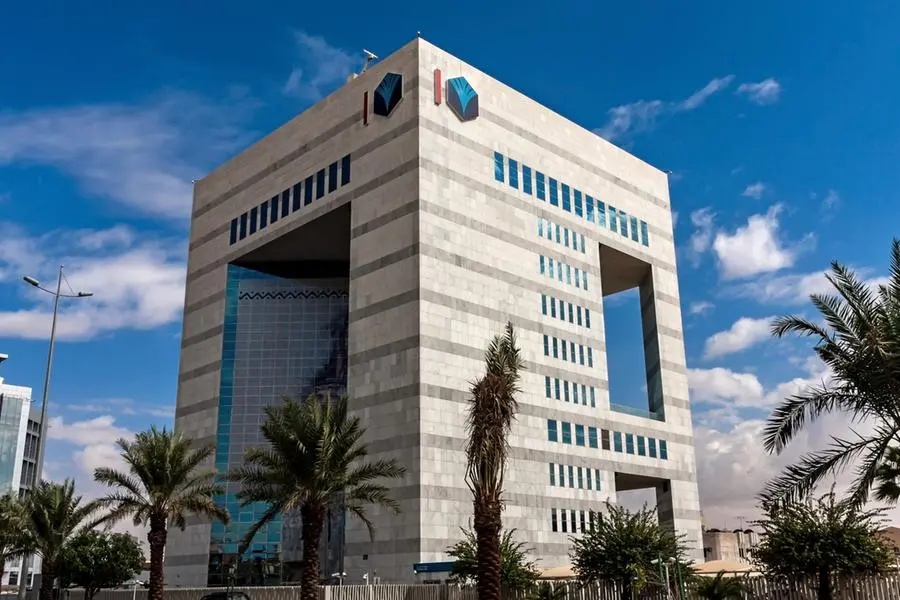PHOTO
Image used for illustrative purpose. Workers are seen at a factory of Da Mata, the Brazilian sugar cane processor, in Valparaiso, 355 miles northwest of Sao Paulo in this September 18, 2014 file photo. In a sign of the distortions plaguing Brazil's stagnant economy, a wide range of companies are sharply cutting back output of their main products to instead sell electricity back into the national grid because it is more profitable. The trend includes sugar, ethanol, steel, aluminum and chemical companies, a Reuters analysis of company earnings statements and other guidance shows.Tax incentives and historically high electricity costs mean Brazilian factories are more likely than their peers in many other countries to produce their own energy. They sometimes burn biomass or use gas or even privately built hydroelectric dams. Picture taken September 18, 2014. REUTERS/Paulo Whitaker/Files
(The opinions expressed here are those of the author, a columnist for Reuters.)
ORLANDO, Florida - The 2024 consensus world economic and market view is shaping up to be a repeat of this year's: weaker growth and probable U.S. recession, leading to a strong bond rally as interest rates are cut, and fragile stock markets as weak demand squeezes earnings.
It was wrong this year, and the latest economic indications from the United States - and to a lesser, but notable extent, China - suggest it could be off-beam next year too.
Rather than steering toward a hard or soft landing, the world's two most powerful economic engines appear to be revving up or going through the gears. If U.S. and Chinese growth holds up, the investment landscape will need to be redrawn too.
One major hurdle, of course, is the whoosh higher in U.S. bond yields. The longer it continues, the higher that hurdle gets, and the more likely it is the gloomy scenario plays out.
But what if peak bond bearishness is already upon us?
The incoming U.S. data offers food for thought. Retail sales smashed expectations in September, triggering a wave of upward revisions to GDP forecasts, and the labor market continues to run hot too.
The Atlanta Fed's GDP Nowcast model is forecasting 5.4% annualized real growth in the third quarter, indicating sizzling annualized nominal growth of more than 8%. That's despite the warning flags from mounting public and private debt that needs to be serviced by decades-high borrowing costs.
Official figures from Beijing on Wednesday, meanwhile, showed the Chinese economy grew at a 4.9% annual rate in the third quarter, much stronger than the 4.4% consensus estimate.
There are reasons to be skeptical of the data from Beijing. As Societe Generale's Albert Edwards points out, once the quarterly deflator is factored in, nominal GDP growth in the third quarter was actually only 3.5%.
Still, several economists immediately raised their 2023 growth outlook above Beijing's 5.0% goal. Accelerating momentum into next year will also cast doubt on the recent downwardly-revised 2024 forecasts from the World Bank and International Monetary Fund of 4.4% and 4.2%, respectively.
Investors' overall perception of the global economy remains downbeat. Bank of America's latest fund manager survey showed that although pessimism ebbed a little in October, the outlook has rarely been gloomier at any point over the past 30 years.
"It is not like we are massively bullish on growth in China, Europe, or the US. But as long as the bar to beat expectations continues to be so low, we find it difficult to justify a turn towards a riskoff stance in our tactical asset allocation," HSBC strategists wrote on Wednesday.
RISING R-STAR
Chris Iggo, chief investment officer for core investments at AXA Investment Managers, reflected the consensus view when he wrote on October 13: "Let me be bold though. Next year will be the year of the bond."
After a torrid three years, he and others may be right. But no U.S. recession or significant slowdown, and Chinese growth of around 5%, is definitely not the consensus view for 2024 right now, and it's not where financial markets are pricing.
As long as the U.S. economic downturn is delayed, the bond market revival is put on hold. Yields at 5% and up across the curve may be attractive in their own right and relative to stocks, but less so if the economy doesn't roll over.
Equally, U.S. stocks look expensive if high yields start to choke the economy. They are trading quite a bit above long-term average valuations, and earnings growth forecasts for the S&P 500 index next year are running at a punchy 12.5%.
If growth holds up, however, these calculations shift.
The U.S. economy has defied expectations this year, powering ahead despite 525 basis points of rate hikes in just 16 months. The lagged impact of that tightening has yet to be fully felt, fueling debate about the economy's underlying strength.
Many economists now think "R-star", the amorphous interest rate that neither stimulates or crimps growth, is higher than old models indicate. If so, the economy - and financial assets - can withstand structurally higher policy rates and yields.
And what of China?
The economic challenges - deflation, a property sector crash and high youth unemployment to name but three - are substantial. But the GDP figures suggests the post-COVID lockdown recovery may finally be underway, and Citi's Chinese economic surprises index is now positive for the first time since May.
This doesn't mean Chinese assets are suddenly more attractive than they were a week ago. But investors will look at them differently if the economy is growing at a decent clip.
Chinese stocks are trading below 10 times forward 12-month earnings near their lowest levels of the past decade, and 'short Chinese equities' is the second-most crowded trade in Bank of America's latest survey of global fund managers.
(The opinions expressed here are those of the author, a columnist for Reuters.)
(By Jamie McGeever; Editing by Chizu Nomiyama)
Reuters
